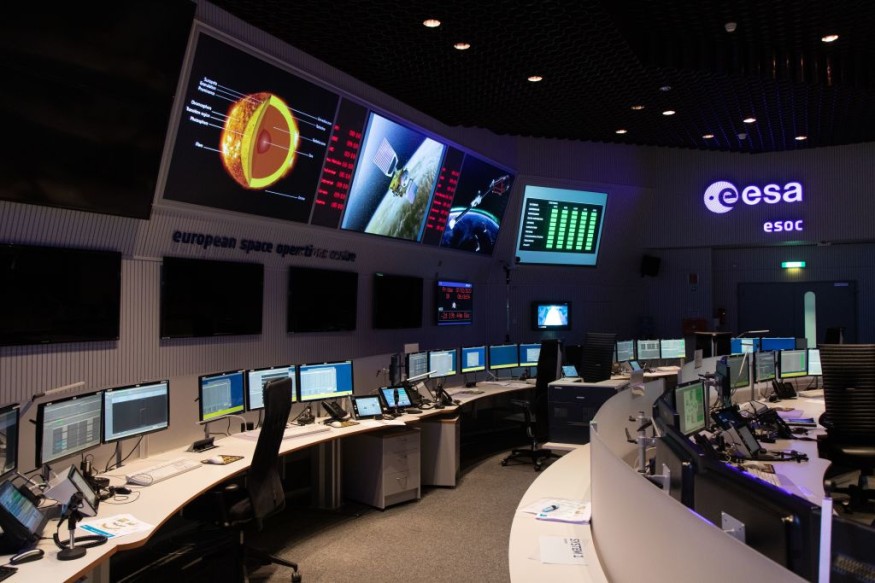European Space Agency's (ESA) Solar Orbiter has recently completed one of the most dangerous missions yet, doing a flyby of the planet Earth to go closer to the sun.
According to the ESA, the flyby occurs after the spacecraft has traveled through the inner solar system for a year and eight months. The flyby must 'drop off' some more energy as it spins about the Earth.
It will assist the spacecraft in preparing for its subsequent six Venus flybys. ESA said the orbiter traveled 460 kilometers over the planet's surface, its closest approach.

ESA Solar Orbiter Completes Risky Flyby Around Earth
SciTechDaily said the orbiter was supposed to fly through the Geostationary ring twice, at a distance of 36,000 kilometers from Earth's surface, and then via low-earth orbit, at a distance of less than 2,000 kilometers. Both of these locations, however, are littered with space debris.
ESA noted that the Solar Orbiter was expected to finish the flyby in one hour after reaching its lowest distance from Earth. The Orbiter successfully completed the dangerous flyby, according to a tweet from the European Space Agency.
Our #Estrack station in Australia has picked up the signal from #SolarOrbiter! #AquisitionOfSignal📡#LoudAndClear〰️
— ESA Operations (@esaoperations) November 27, 2021
The spacecraft has safely performed its only #Earthflyby, passing through our human-made debris-filled environment.#WeAreAllSolarOrbiters😎 pic.twitter.com/Ll9via4GD0
The flyby will lower the Orbiter's energy level and prepare it for the following near approach to the Sun in March of next year. The Orbiter will then be within 50 million kilometers of the Sun, or one-third of the distance between the Earth and the Sun.
ESA has recommended space enthusiasts to use binoculars or amateur telescopes to try to spot the Orbiter. It will not, however, be apparent to the naked eye.
The space agency launched the Orbiter on February 10, 2021, and made its first near approach to the Sun in mid-June, allowing it to take unique photographs of the star of our solar system. No other photograph of the sun has ever been obtained from such close quarters before, and it has helped scientists gain a deeper understanding of the celestial phenomenon
Spacecraft Successfully Passes Through Space Debris
The recent Russian anti-satellite missile test, which broke the almost 2-ton defunct Kosmos 1408 satellite into pieces, caused among ground control teams who have been meticulously calculating Solar Orbiter's course to ensure its efficiency and safety.
"Solar Orbiter will fly through the most polluted areas around Earth," Andrea Accomazzo, ESA's head of solar system and exploration, who oversees the flyby, told Space.com. "We run calculations in which we compare the path of Solar Orbiter with the trajectories of all known space debris objects. The problem is that the [Russian ASAT] test happened so recently that there is only partial information about its created debris."
The operators tweaked those estimates as the $1.5 billion Solar Orbiter approaches Earth. So far, Accomazzo added, everything appears to be in order. However, if a known piece of space trash appeared to be heading straight for the priceless solar explorer, the controllers would undertake a last-minute maneuver to steer the spacecraft into a safer zone.
According to Accomazzo, this move would lower the Solar Orbiter's closest approach to Earth by around 20 kilometers (12 miles). While it may appear modest, such a change would make the flyby less effective for its intended goal of tightening the Solar Orbiter's course around the sun using Earth's gravity.
RELATED ARTICLE : Russian ASAT Incident Adds Additional Space Junks; Accumulation of Damaging Debris in Orbit Needs Action Today
Check out more news and information on Space in Science Times.
© 2025 ScienceTimes.com All rights reserved. Do not reproduce without permission. The window to the world of Science Times.











